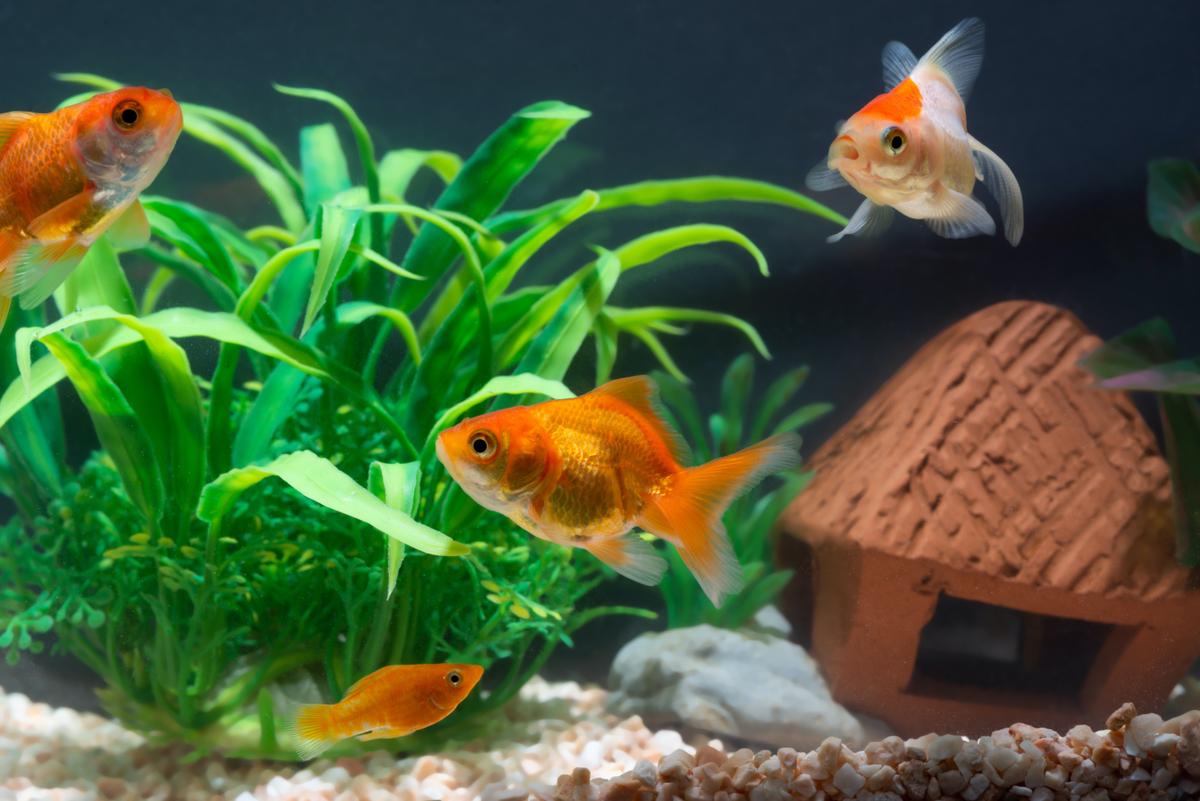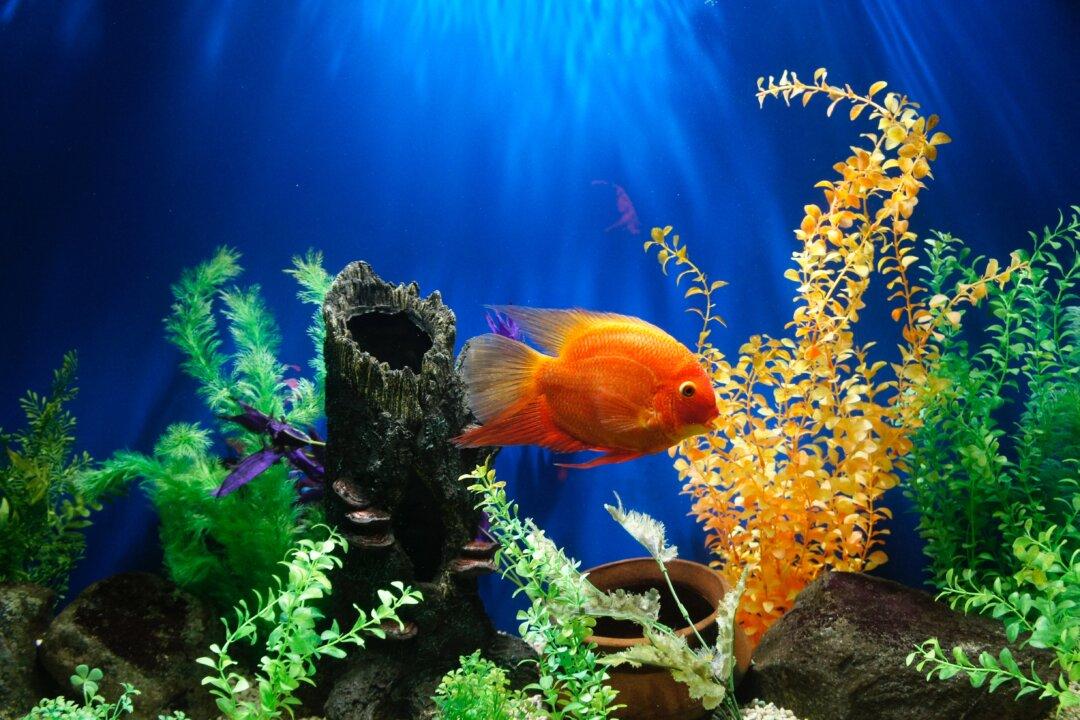A freshwater tank or aquarium is used to keep different types of aquatic life. An aquarium is relaxing, and it improves the aesthetic appearance of your home. If you want to set up a fish tank for the first time, there are different things you should consider. Read on to learn how to set up a freshwater tank.
Type of Species you Want to Keep

Sergii Figurnyi/Shutterstock





